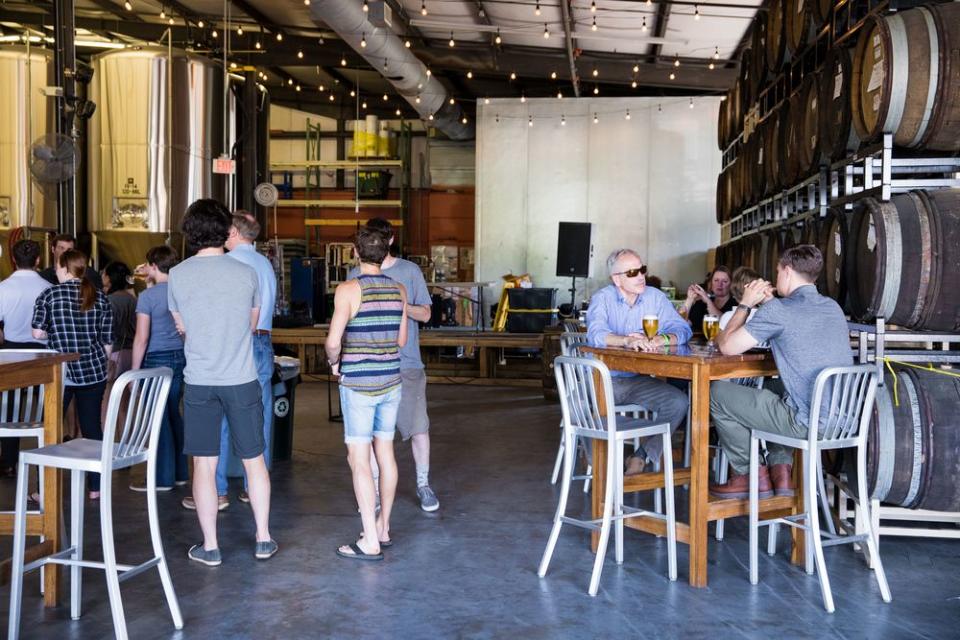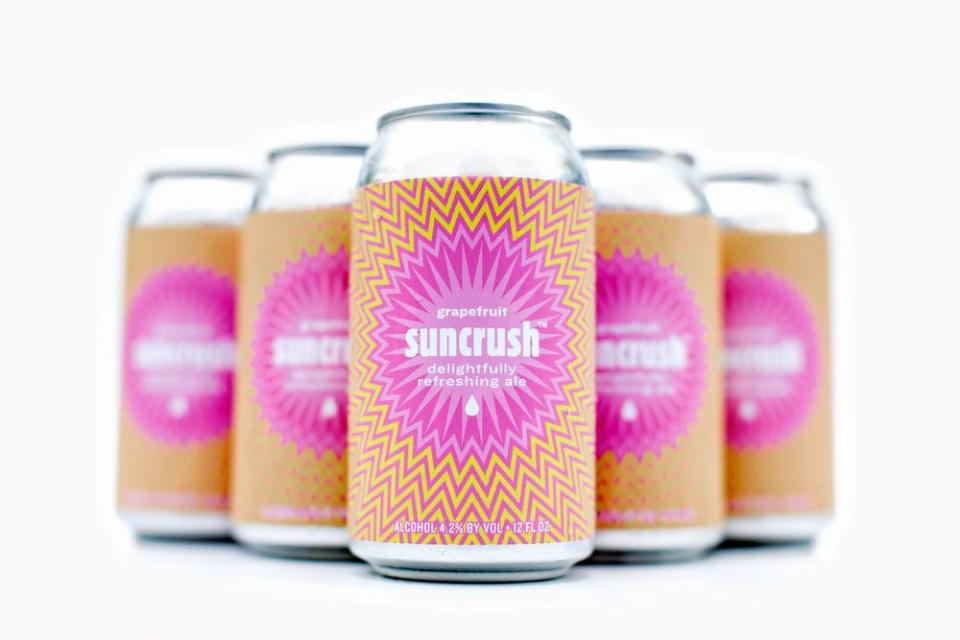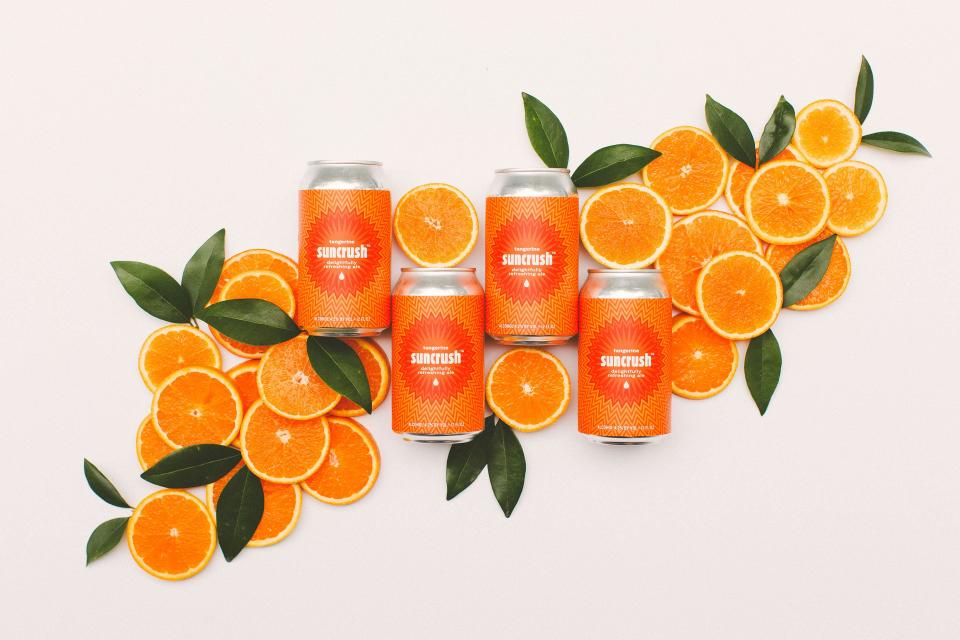Low ABV, Fruit-Flavored Beers Are Having a Moment
If drinking a beer outdoors this spring reminds you of wandering through the fruit aisle at your favorite grocery store, you probably aren’t alone. Fruit-flavored beer with an alcohol by volume (ABV) of less than 4.2%—compared to the average 5% ABV —has emerged as a serious contender among newer craft beers.
But what actually makes these types of beers so appealing to such wide variety of consumers? For one, adding fruit to beer is an easy way to add flavor. It’s a tried and true method dating back to the earliest breweries in America. “Low-alcohol, fruit-flavored beers likely date back to the earliest brewing in America in the 1600s,” notes Eric McKay, co-founder of Hardywood Park Craft Brewery in Richmond, Va. “Brewing wild fruits, like pumpkins or persimmons, contained fermentable sugars and were likely used for early beer brewing. Under-modified brewer’s barley and rudimentary knowledge of fermentation science typically limited alcohol content of early beers.”
However, as brewing techniques improved along with the introduction of lager-style beer to the American market, fruit-flavored beers became less of a focus for big brewers in search of cheap ingredients and big profits. As craft breweries began growing in popularity during the 1980’s, fruit became a key ingredient for businesses looking to differentiate their products with forgotten flavors. By the 1990’s, a number of breweries had introduced fruit-flavored beers, such as Samuel Adams Cherry Wheat, Pete’s Wicked Strawberry Blonde, and Abita Purple Haze.
“As most of these beers use flavor extracts rather than real fruit, some craft beer purists have taken a negative stance toward them,” McKay explains. “But approachability and the perceived sweetness of fruit did make them popular ‘bridge beers’ for folks less interested in more assertive tasting craft beers, like IPAs and stouts.”

The trend grew in popularity so much so that in 2006, Miller Lite developed an advertising campaign, dubbed “Man Laws,” one of these unofficial codes denouncing fruit in beer as unacceptable. Yet, with consumers proving fruit-flavored beer had a devoted fan base, breweries re-embraced the idea of adding real fruit into their brewing process as the demand for clean ingredients and transparency in production processes become increasingly popular in recent years.
Another health kick trend that coincided with greater demand for pure ingredients: lower alcohol content is becoming an increasingly important purchasing decision. As reported in a July 2018 study from the Brewers Association, Getting Inside the Mind of the Craft Beer Consumer, 29% of responders said that low ABV was a factor in choosing a craft beer.

“Beer lovers today are excited to try any new beer, ranging from the brewery down the street, to regional craft brewers,” notes Julia Herz, craft beer program director at the Brewers Association, pointing toward the already mounting interest behind the yet-to-be-released Slightly Mighty from beloved Delaware brewery Dogfish Head. “There has been an enormous build-up for this low-cal IPA, just 95 calories, 4% ABV, and made with monk fruit.” Herz says alehouses like Dogfish wouldn’t be investing in the space if beer lovers weren’t there.
“The general shift toward more health-conscious beverage choices mirrors what’s happening in the food world,” McKay observes.
Sure, the idea that consumers are seeking a beer to match a healthy lifestyle choice might sound humorous. But one of the key takeaways from the Brewers Association study was that beer drinkers are concerned about finding a beer to match their lifestyle. And for those who practice an active and healthy lifestyle, the idea of a low-calorie, tasty beer that’s made for beach days or camping trips fits right in.
“We have only seen a growth in the demand for sour beers since opening our doors six years ago,” says Mark Verling, beverage director of Brooklyn’s Tørst, a wood-clad Danish bar with a focus on boutique beers. “Of the 21 draft lines we have here, we used to pour two to three sour beers of varying styles and flavor profiles, but in the past year or so, we have bumped up the allocation to four to five lines at a time.” Though not every sour beer has a low ABV, for a bar like Tørst that is sought after for its highly curated beer list—the bar also carries up to 120 different bottled sour beers, according to Verling— the surge in demand for this category is an indication no matter how you personally define this beer, it’s not going away anytime soon.

